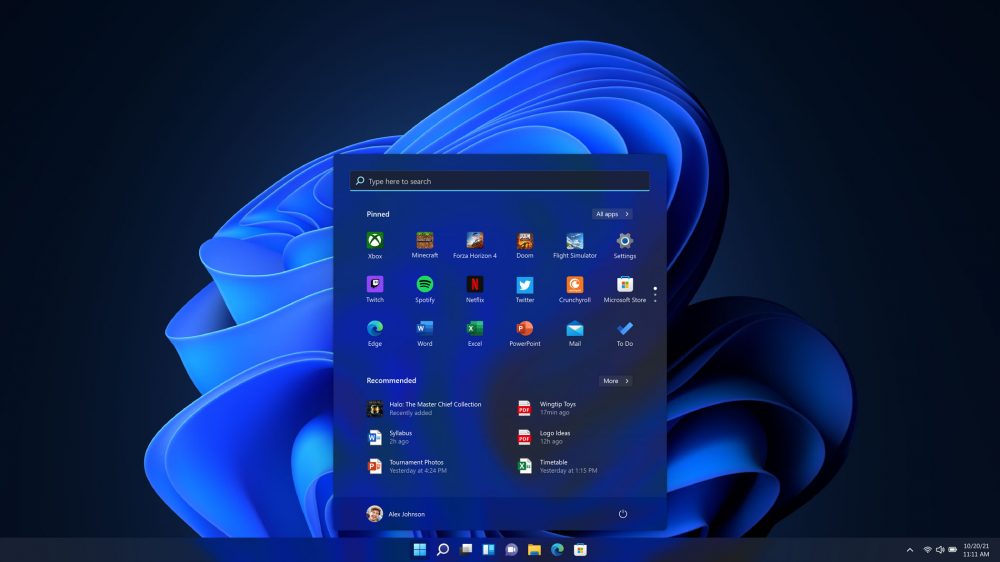Windows 11 Preview
I have been running an early preview release of Windows 11 since August. I have had very little issues with the early versions that I have tested. There has been a little bit of a learning curve as far as where options and operations have been moved or changed, but it has not greatly slowed me down or prevented me from getting stuff done. Once I learned where to go to get places, I was able to quickly perform the functions that I need. This was also an issue when Microsoft introduced us to Windows 10. After we all ran Windows 7 for many years moving to Windows 10 and trying to find where we needed to go was also a little frustrating and time consuming. But it is second nature to find what we need now. The same will be true with Windows 11. We will soon find moving around on Windows 11 as easy as we did on Windows 10.
How long is too long to wait?
If you are in the ‘hold out as long as possible’ boat, then it will be a few years down the road before you must move to Windows 11. Microsoft is still supporting Windows 10 and will be for several years, but their focus has shifted to Windows 11 and over time will invest more resources into Windows 11, leaving Windows 10 behind. Microsoft has announced an End of Service date of October 14, 2025 for Windows 10. With that day a little less than 4 years away, planning needs to made now about moving to Windows 11.
And while Microsoft will support Windows 10 for another 4 years, manufacturers will no longer sell computers with Windows 10 in the very near future. Most already have started shipping computers with Windows 11 installed, although many still have the option to install Windows 10. And keep in mind, many older PCs will not be able to run the newest operating system because Microsoft requires hardware features that are not found on older PCs. In order to properly install Windows 11, a PC must have an 8th generation or newer Intel or an AMD Zen 2 or up processor and a TPM (Trusted Platform Module) 2.0 chip for the upgraded security features.
Software Compatibility
Software is always an issue with a new OS is introduced. So far, I have not found any software that will not run with the newest OS yet. That is not saying that some software out there will not run on it or may have issues, but I have been greatly pleased that most current software programs have no problem being installed or running under Windows 11. If you fear that a particular program may be an issue, you need to find a machine that can be designated as a test machine to make sure that features will work correctly before jumping on board. This is always the best practice, especially for custom programs or programs that an entire company relies upon.
Security – A good reason to upgrade.
The biggest reason to move to Windows 11 will be for security reasons. Microsoft is constantly making improvements and additions to Windows to counter the ever-growing security hacks that criminals are exploiting or finding. Windows 11 will also have security features like hardware-based isolation and secure boot turned on by default. And as we mentioned earlier – the addition of the TPM (Trusted Platform Module) 2.0 chip which is an important building block for security related features. Microsoft has made security one of the most, if not the most, important features of the newest OS.

